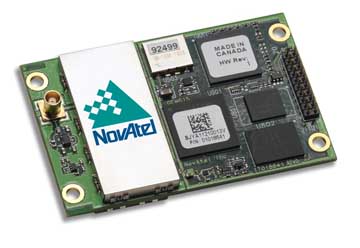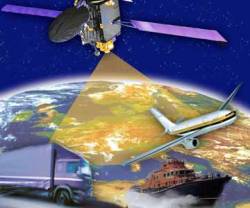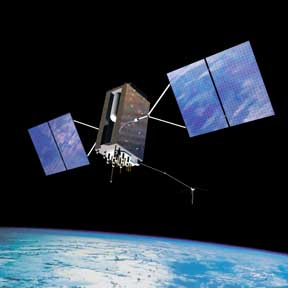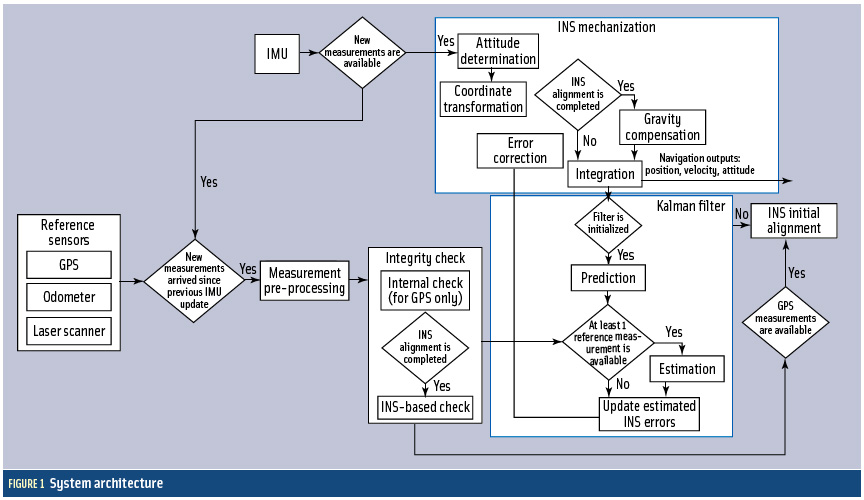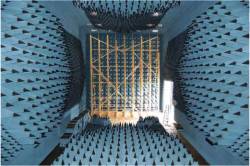Trimble Launches New OEM GNSS Modules, Enclosure
 Trimble BD920
Trimble BD920Trimble has introduced two new GNSS OEM modules, the BD910 and BD920, featuring centimeter-level, real-time kinematic (RTK) positioning capabilities optimized for high-precision and control applications.
The BD910 and BD920 modules are designed to allow OEMs and system integrators to easily add centimeter-level positioning to specialized or custom hardware solutions.
By Inside GNSS



















